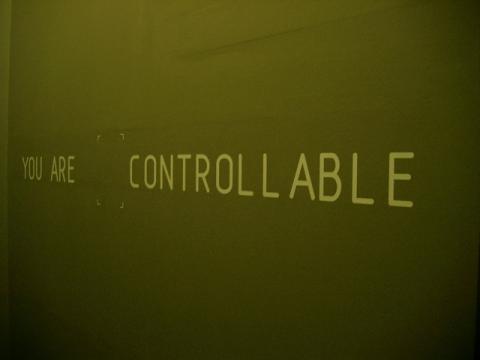Back to the Basics: Transient conditions
Last week we discussed the first type of process upset that could present a hazardous condition, the steady-state, this week let's focus on on the condition that poses the greatest difficulties in detection and correction.
Process upsets from transient conditions produce a hazard from an unstable process that is changing relatively quickly. Causes include:



